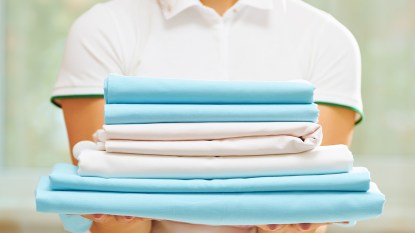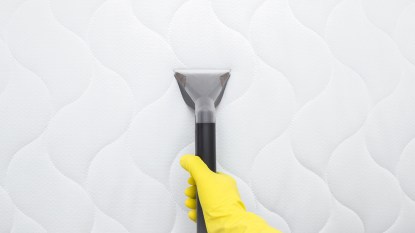Cleaning Pros: Memory Foam Mattresses Can Be Mold Magnets — Here’s How to Keep Yours Clean and Toxin-Free
Plus, the one way you should *never* clean this kind of mattress or topper
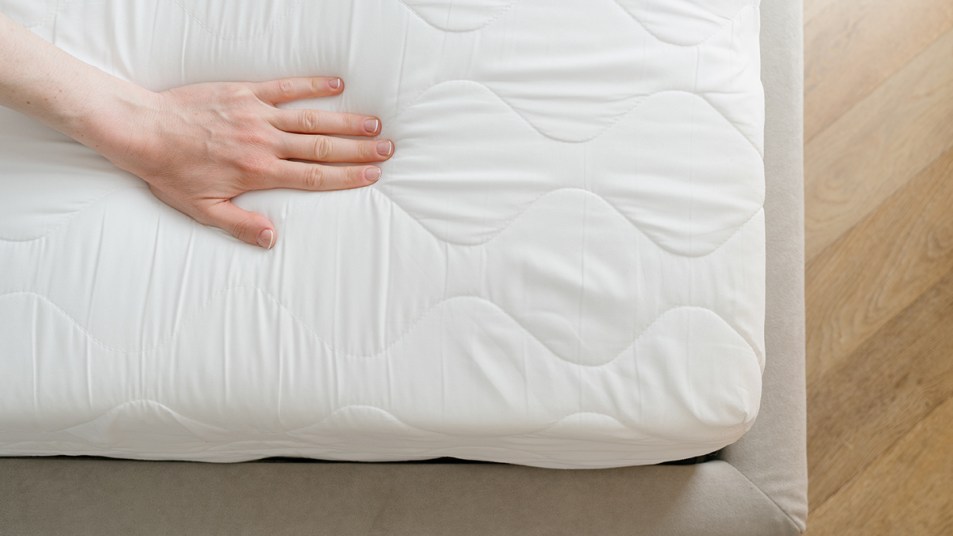
After years of tossing and turning and waking up in the middle of the night with back aches and joint pain, you decided to splurge on a memory foam mattress — the way the foam contours to your body and relieves pressure on your joints and back, you’re finally getting a good night’s sleep and it was worth every penny. But since the unique foam material requires a bit of extra care compared to a traditional mattress, knowing how to clean a memory foam mattress is key to ensuring it stays in good condition for as long as possible, stretching those dollars spent. So we asked experts to share just how to clean it so it stays in tip-top condition.
What exactly is memory foam?
Memory foam mattresses are primarily composed of viscoelastic foam, commonly known as memory foam. This foam is sensitive to temperature and pressure, allowing it to contour and mold to the shape of your body when you lie down. This is where their unique ability to relieve pressure points and provide a personalized, conforming feel. comes in. But, when it comes to stains, spills and deodorizing, that same material that sets a memory foam mattress apart from innerspring and coil-based mattresses, also requires specific care, says Karina Toner, operations manager at Spekless Cleaning. From spills and stains to musty smells, here’s how to clean a memory foam mattress. (Click through to learn how fiberglass in mattresses can affect your health.)
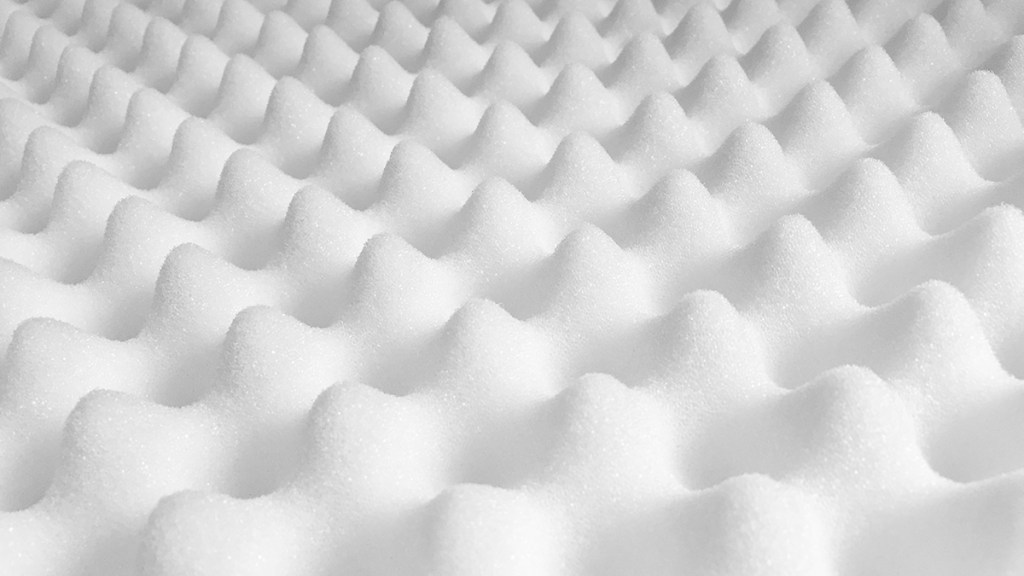
To clean spills on your memory foam mattress

Oops! you went to grab a glass of water from your bedside table and you spilled it right on your mattress. Since a memory foam mattress will easily absorb moisture, this can lead to mold and bacteria growth, plus, memory foam can lose its shape and support when wet, making them uncomfortable to sleep on. What’s key: Tackle any spills while they’re still wet. “Fresh spills are typically easier to remove because the liquid hasn’t had a chance to fully set into the memory foam fibers,” Toner shares. “This makes cleaning more effective and may prevent the stain from becoming permanent. It also means you won’t need to resort to heavy scrubbing or the use of stronger cleaning agents, which could potentially damage the memory foam.”
For small spills: Grab some absorbent paper towels and use a dabbing motion (rather than a circular one) to blot the moisture, advises Toner. Put slight pressure down as you blot to help bring the liquid up.
For bigger spills: Pour on some kitty litter! The material is made to absorb moisture and it can help soak up any larger spills. Simply sprinkle some on top of the spill, then place a towel over it and push down lightly to help bring the liquid up. Vacuum up the litter and then use a hair dryer to help dry up any excess moisture. Let cool before getting back in bed.
To clean stains on your memory foam mattress
That small cut you had on your foot bleed through to your mattress overnight? Mix a small amount of dish soap with water to create a gentle foam, then apply it to the spot with a clean cloth.
You’ll want to blot out excess moisture from any cleaner you use. “Rubbing can cause the stain to spread and damage the memory foam’s delicate structure,” says Muffetta Kreuger, founder of Muffetta’s Domestic Assistants. Then, follow up with a damp cloth to remove any soap residue from the mattress.
“This method is less likely to damage the memory foam compared to using excessive water or harsh chemicals,” says Toner.
Find a set-in stain? Just mix equal parts of distilled white vinegar and water in a spray bottle, lightly spritz the stain and dab at it with a clean cloth, explains Barbara Stern, editor-in-chief of Ottoman Textiles. “The vinegar cuts through tougher stains without ruining fabric an acts as a natural disinfectant and deodorizer as well.”
It’s important to avoid over-saturating the mattress with any cleanser since moisture can damage the foam. “And always allow the foam to dry completely after any cleaning process.,” adds Toner. Ensuring your mattress stays fully dry is key to prolonging its life!
To deodorize a musty memory foam mattress
Even if you’re not dealing with an unexpected stain on your memory foam mattress, it may still feel less than fresh at times. The foam material is rather absorbent, which means body odors and more can easily get trapped inside. Yuck!
Baking soda to the rescue. Simply sprinkle the powder over the top of the bare mattress and let sit for 15-20 minutes. (Note: You can leave it there longer if you feel your mattress really needs it!) Then vacuum up the powder. “Baking soda is a natural deodorizer and will leave your mattress smelling fresh,” says Stern.
For even more ahh, mix a few drops of lavender essential oil per 1 cup of baking soda before sprinkling on your mattress. Lavender oil has antibacterial properties that further help clean and deodorize. And the natural oil’s calming scent can help enhance your sleep.
If the odor persists, and baking soda alone isn’t doing the trick, that’s when a specialty cleaning product may come in handy.
“An enzyme-based cleaner can be effective in breaking down organic matter that causes the smell,” shares Toner. “This means you won’t have to repeatedly clean the same spot to deal with persistent smells.” Just make sure you choose a cleaner that’s safe for memory foam and follow the instructions on the bottle.
Best of all, these tips all work for memory foam pillows as well!
See how to use an enzyme cleaner on your mattress in the video below:
What *not* to use to clean a memory foam mattress
When you’re dealing with stains, it may be tempting to enlist the help of a steam cleaner to lift them. However, the pros generally advise against this. “Excessive moisture from the steam can seep into the memory foam and cause mold or mildew growth,” says Krueger. “If you choose to use a steam cleaner, ensure it’s on the lowest setting and keep the steam head a few inches away from the mattress surface.”
How to maintain you memory foam mattress
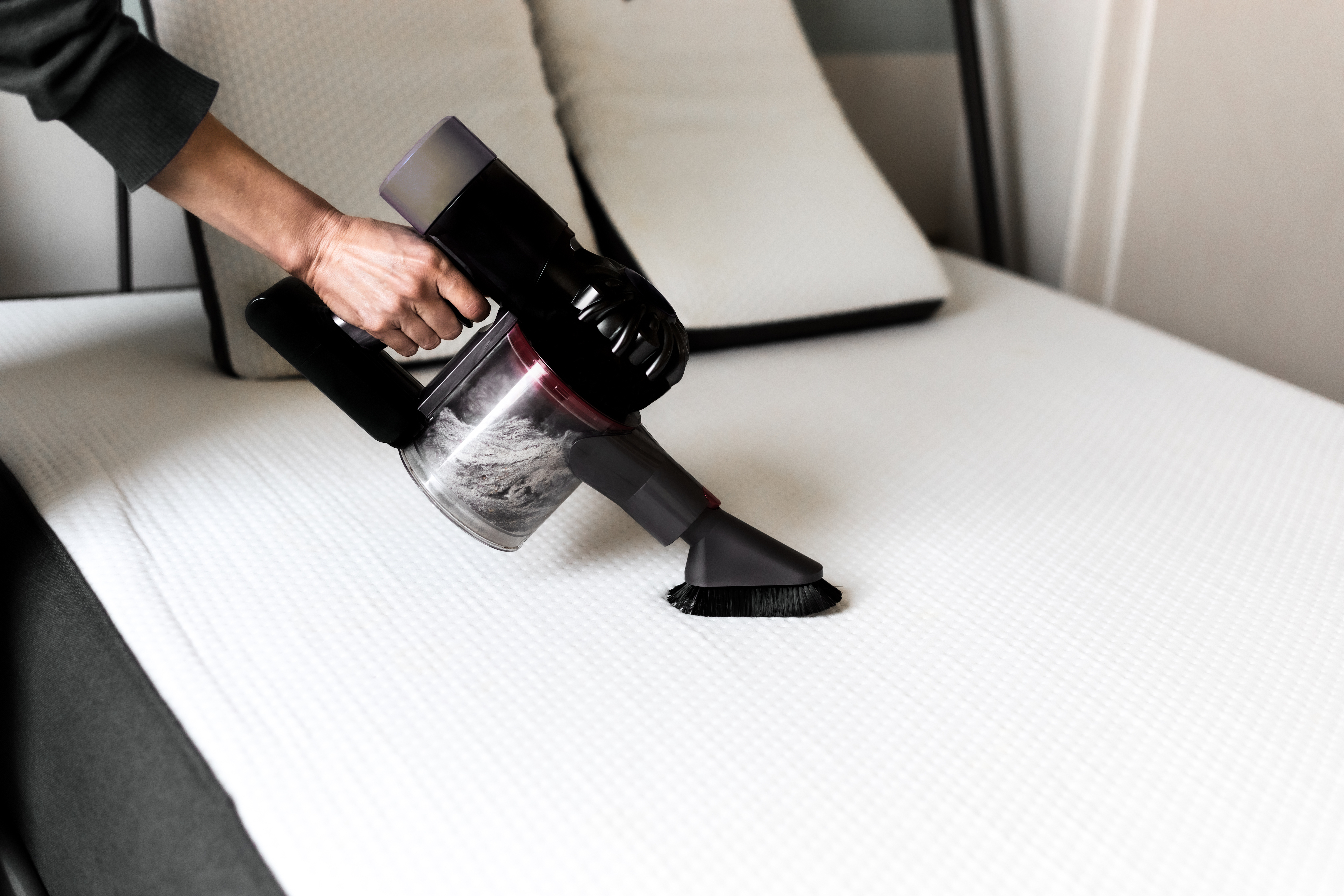
Like any mattress, you’ll want to give it a bit of a refresh even if no stains or odors are present. Things can still get a bit dusty and musty.
Vacuuming using the upholstery attachment of your vacuum cleaner is a great place to start, and allows you to lift stubborn dust and dirt from the various seams and creases of your mattress.
You can also revive your memory foam mattress by ensuring it gets proper air circulation. “Allow your mattress to breathe by removing bedding and letting it air out periodically,” says Jade Piper, operations manager for BetterCleans. “The air circulation does wonders in evaporating any trapped moisture.”
This is also important after you’ve cleaned your mattress using any of the above methods. Once you’re done deodorizing or spot cleaning, let the mattress air out for a few hours. “This not only helps it dry but also refreshes the foam,” adds Stern.
With a clean, odor-free and plush mattress, you’re sure to get a great night of sleep for years to come.
Click through for more bedroom cleaning tips:
Easy Bedroom Cleaning Tips That Will Banish Dust, Odors, and Mold
Dusty Ceiling Fan? Spring Clean It in 30 Seconds Using Only a Pillowcase



